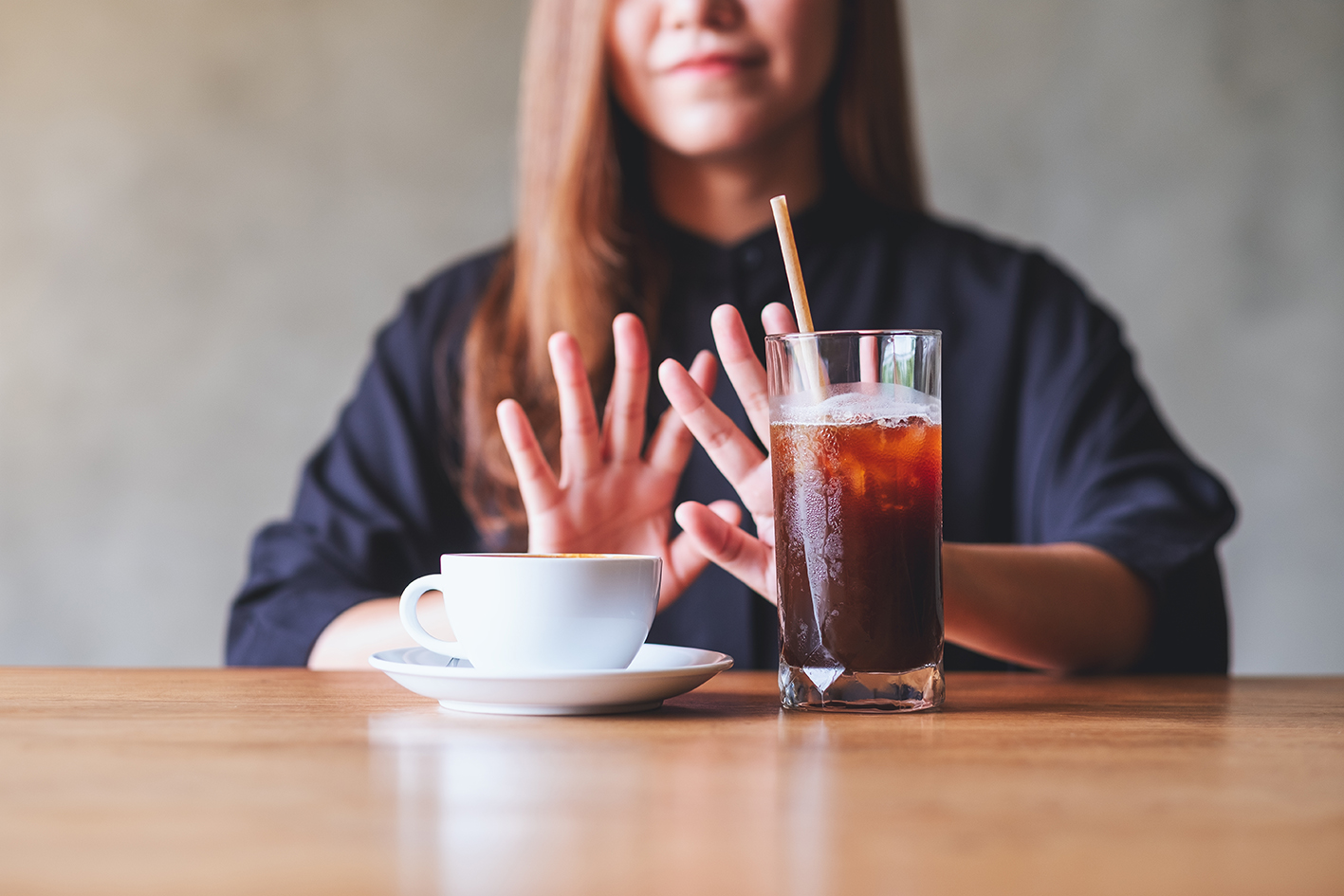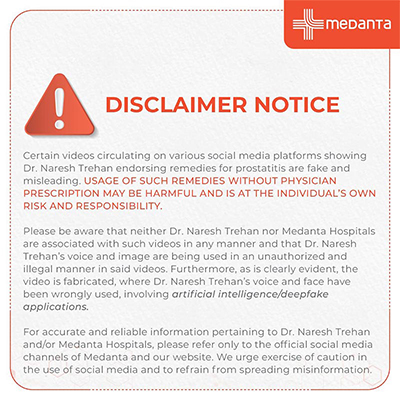Period-Friendly Foods – The Best Diet for a Comfortable Menstrual Cycle

Many women experience uncomfortable symptoms during their periods. These include abdominal cramps, headaches, nausea, and fatigue. Food choices are vital during menstruation because they can substantially affect these symptoms.
Research proves that some foods naturally reduce menstrual discomfort. A 2015 study showed how turmeric's curcumin helps ease PMS symptoms. Dark chocolate and leafy greens, packed with iron and magnesium, can curb fatigue and reduce period pain.
This piece offers a detailed look at the best foods to eat during your period, bringing comfort and relief. On top of that, it explains which foods you should skip to avoid worsening symptoms like bloating and mood swings. This knowledge helps women make better food choices during their monthly cycle.
The Importance of Nutrition During Your Period
Nutrition plays a key role in managing menstrual symptoms and keeping hormones balanced. Research shows that diet is vital to reduce and manage premenstrual syndrome (PMS) symptoms.
A balanced diet can affect how severe and frequent menstrual discomfort becomes. Women need certain micronutrients more than men, especially during their reproductive years. Iron, zinc, vitamin D and folate are the most common nutrients women lack worldwide.
Studies show that eating fresh and unprocessed food helps regulate menstrual cycles. Diets rich in omega-3 fatty acids, calcium, and vitamin D have shown great results in reducing tough PMS symptoms.
Good nutrition does more than manage symptoms. Here's how it supports menstrual health:
Maintains hormonal balance through adequate protein intake
Supports iron levels to prevent menstrual fatigue
Provides essential vitamins for reducing inflammation
Helps regulate blood sugar levels to stabilise mood
Reduces bloating through proper hydration
Poor diet can make menstrual symptoms worse. Foods high in sugar and saturated fats can increase inflammation and disrupt normal menstrual patterns. Women who eat more sugary foods and drinks often deal with more severe menstrual problems.
The use of anti-inflammatory drugs for menstrual pain can make nutritional deficiencies worse. This makes good nutrition even more essential for women taking these medications.
Understanding how nutrition affects menstrual health helps women make better food choices. Instead of changing diet only when symptoms show up, healthy eating habits throughout the month work better for managing menstrual health.
What to Eat on the Period: Best Foods for Menstrual Health
Foods can make a big difference in how you handle menstrual symptoms. Let me share the best foods during the period to help ease menstruation discomfort:
Water
Your body needs enough water to avoid dehydration headaches and reduce bloating during menstruation. Research shows that drinking 2.7 litres of water daily helps replace body fluid lost through menstrual bleeding. Good hydration helps relieve headaches and dizziness, too.
Fruit and Leafy Green Vegetables
Fresh fruits give you essential nutrients and natural sugars that help curb cravings. Bananas enriched in vitamin B6 and potassium help reduce bloating and prevent muscle cramps. Watermelon and other water-rich fruits keep you hydrated. Leafy greens boost your iron and magnesium levels, which often drop during menstruation and lead to fatigue and dizziness.
Ginger and Turmeric
Ginger's anti-inflammatory properties help soothe menstrual pain. Taking 750–2,000 mg of ginger powder during your period's first 3–4 days reduces pain. Turmeric contains curcumin, which substantially reduces PMS symptom severity.
Dark Chocolate
Dark chocolate works wonders against menstrual discomfort. A study showed that eating 40 grams of 69% dark chocolate daily for the first 3 days after menstruation reduced menstrual pain substantially. Dark chocolate provides 15% of your daily magnesium needs and 56% of copper.
Lentils, Beans and Nuts
These protein-rich foods steady your blood sugar levels and give you lasting energy. They are great sources of iron that help fight menstrual fatigue.
Yoghurt and Tofu
Yoghurt's probiotics help fight yeast infections that can occur during menstruation. Tofu gives you essential nutrients like iron, magnesium, and calcium.
Peppermint Tea
Peppermint tea naturally relieves menstrual discomfort. Studies show that peppermint extract reduces pain during menstruation. This caffeine-free drink also helps with nausea and digestive problems that often come with periods.
Foods to Avoid During Menstruation

Smart food choices during menstruation depend on knowing what to avoid. Research shows some foods can make period symptoms worse and disrupt hormone balance.
Excessive Salt, Sugar and Spicy Food
High sodium intake causes water retention and more bloating. Sugar consumption triggers blood sugar spikes and crashes that can make mood swings worse. Studies indicate that refined sugars activate inflammatory responses in the body and make cramps more severe.
Coffee & Alcohol
Women need to be extra careful with alcohol during menstruation. Studies show women get intoxicated with less alcohol compared to men. We noticed alcohol acts as a diuretic that causes dehydration and can make headaches worse.
Coffee consumption links to longer, heavier periods. Caffeine can raise anxiety levels and make menstrual cramps worse. Notwithstanding that, sudden caffeine withdrawal might cause headaches, so gradually reducing intake works better than stopping completely.
Spicy Foods
Spicy dishes can add to your discomfort during menstruation. These foods often cause:
Stomach irritation with burning sensations
Higher risk of diarrhoea
Nausea and digestive problems
Anything You Don't Tolerate Well
Your body's food sensitivities become stronger during menstruation. Research has found connections between lactose intolerance and premenstrual tension syndrome. Women should be extra careful with known food sensitivities during their period because hormonal changes can make reactions to problematic foods more intense.
Conclusion
Food choices make the most crucial difference in managing menstrual discomfort. Research shows that proper nutrition helps reduce common symptoms like cramps, fatigue, and mood swings.
Women who eat period-friendly foods experience milder symptoms during their monthly cycle. Dark chocolate, ginger, and leafy greens provide natural relief. Excessive salt, sugar, and caffeine can worsen the discomfort. These dietary adjustments work best when you manage to keep them throughout the month instead of only during menstruation.
A woman's food choices directly affect how she feels during her period. Simple changes can lead to more comfortable menstrual cycles. Drinking enough water, eating iron-rich foods, and avoiding trigger foods make a noticeable difference. Each woman's body responds uniquely to different foods. The best way to manage period symptoms through diet is to track personal food triggers and identify helpful foods.
FAQs
Can I drink milk during my period?
Milk is entirely safe to drink during menstruation. We found that milk provides calcium and vitamin D that help reduce menstrual cramps. People who experience bloating or discomfort from dairy products can try lactose-free alternatives.
Is chocolate beneficial during periods?
Dark chocolate brings real benefits during menstruation. It contains magnesium, which helps muscles relax and boosts serotonin levels. This, without a doubt, improves mood during PMS.
What foods might cause heavier periods?
Several foods can affect your menstrual flow:
Foods high in refined sugar that increase inflammation
White bread and pasta that spike insulin levels
Excessive saturated fats that affect oestrogen balance
High-sodium foods that lead to water retention
Should I exercise while menstruating?
Exercise brings benefits during periods. Studies show that physical activity helps relieve menstrual pain and doesn't affect the flow. Regular movement combined with good nutrition supports your menstrual health.
How often should sanitary products be changed?
Medical experts say you should change sanitary pads every 4 hours on normal flow days. Tampon users should remove them every 4-8 hours to prevent infection risks.






